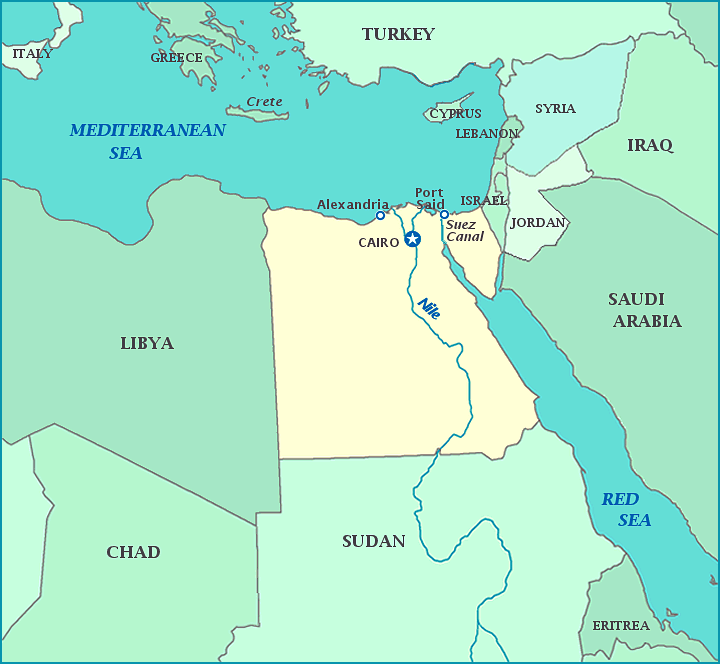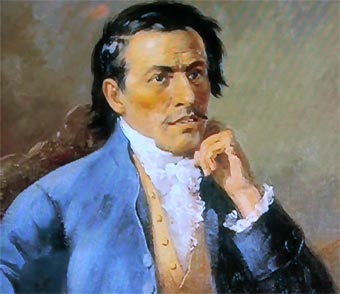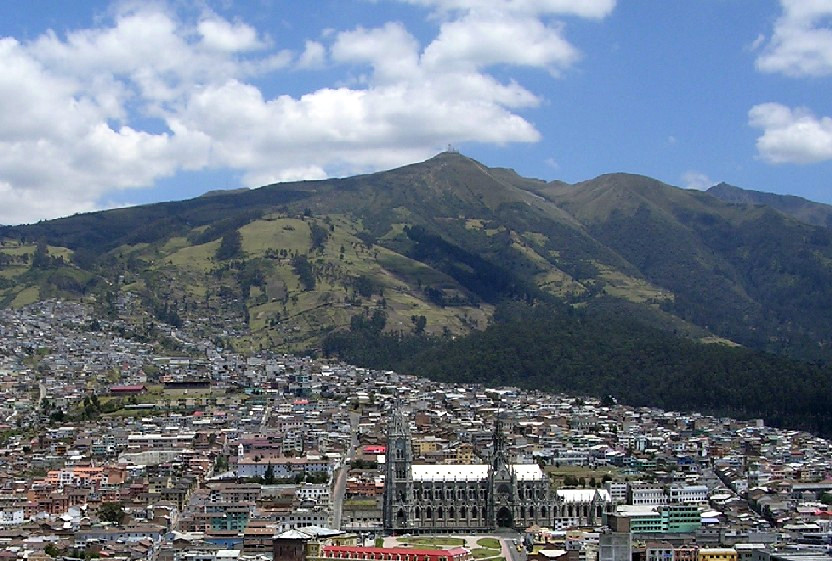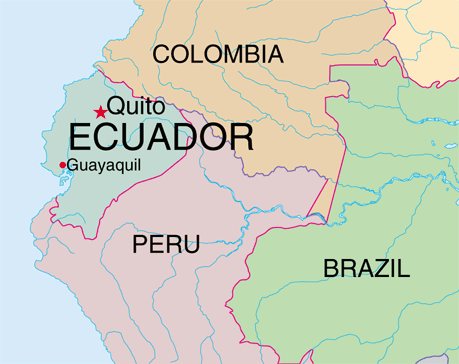Ancient Egyptian art is one of the oldest art forms
in the world and one of the most distinctive. The art is drawn on a two-dimensional scale, and the people
and objects tend to be drawn in profile.
There’s very little shading or any acknowledgement of depth. They also utilized what’s called tiered
space: where objects that are supposedly in the distance are placed higher than
objects in the forefront. Sometimes people are drawn with the heads of animals that symbolize gods.
In other arts, gold is a very important material
that was used. The ancient Egyptians believed gold was a gift from the gods and
that it was virtually indestructible for that reason. However, at that time, payment for goods and services were
done on the barter system – you got paid in food and clothes, so gold didn’t
have much of a monetary value at all.
It was used for a variety of projects, from jewelry to sculptures, and
masks. Gold was either mined from
surface mines, which are considered state monopolies in Egypt, or was panned
from the river. Actually, Egypt
really didn’t produce that much gold, probably around one ton, and most of it
went to the royalty.
Because of the influences from the Arab world, there
are many Arab-inspired and Islam-inspired buildings throughout the
country. These buildings also tend
to be geometrically and mathematically designed. The arts scene now reflects
many of the arts movements throughout the world, and you can find Egyptian
artists of all mediums, from painting and sculpture to modern techniques using
digital arts and other contemporary styles. Egyptians are very tech savvy and
use the Internet and social media to promote their art as well.
The ancient Egyptians were the first people to
develop paper from papyrus, thus giving us the book. Their writing system, hieroglyphics, is one of the first
alphabets to emerge. Some of the more
well-known books from this early period are Story
of Sihune, Westcar Papyrus, and the Book
of the Dead. Early Egyptian
literature usually fell into three categories: autobiographies, informative
literature, and myths/stories. Many of the Coptic works were also held in
libraries in Alexandria. By the eighth century, Muslim Arabs had taken control
of the area and Arabic became the language most written in. They borrowed
Egyptian folk tales and many of them were included in One Thousand and One Nights (Arabian Nights).
By the time the 19th and 20th
centuries came along, Egypt went through a sort of Renaissance movement that
hit all of the arts, not just literature. One of the most important writers to
emerge from this time is Naguib Mahfouz. Mahfouz has published 34 novels and
over 350 short stories, and his works often delve into existentialism. He was
also the first Egyptian to win the Nobel Prize in Literature. (And I think his
photo makes him look a little like Jack Nicholson.) The novel that is often considered as the first Egyptian
novel and Islamic novel is Zaynab, written by Muhammad Husayn Haykal in
1914. It not only dealt with
issues such as the relationships between men and women, but also with the
relationships between laborers and plantation owners and was set entirely in
Egypt. The novel was also the basis of Egypt’s first silent film of the same
name that was produced in 1925.
 |
| Naguib Mahfouz |
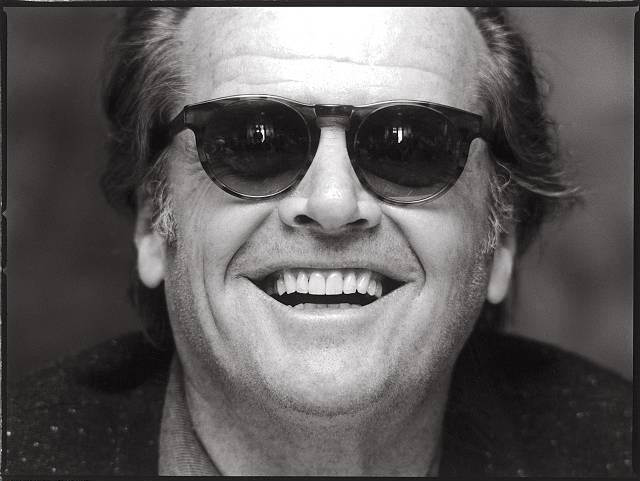 |
| Jack Nicholson |
Up next: music and dance








